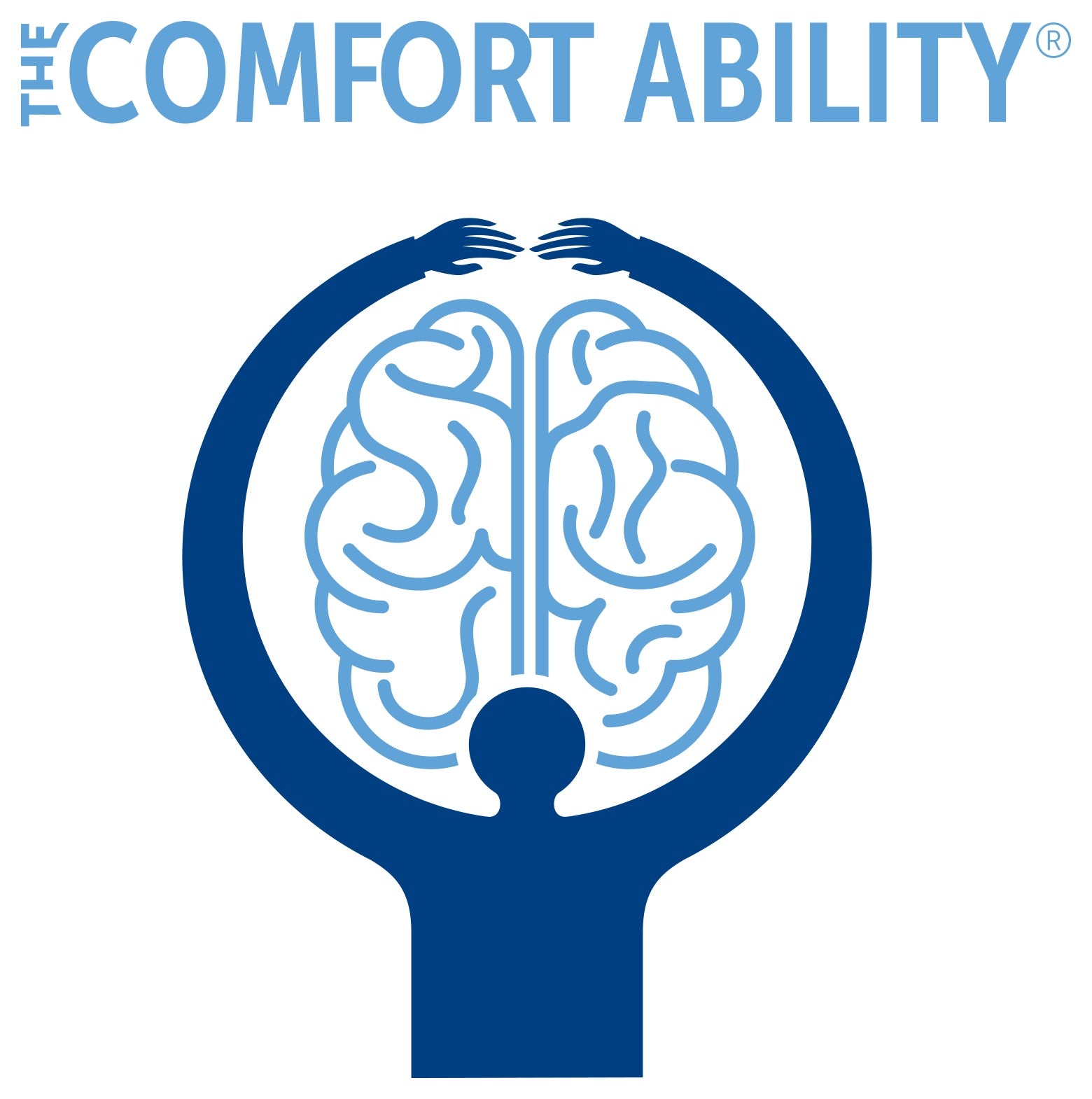What is Cognitive Behavioral Therapy (CBT)?
What is Cognitive Behavioral Therapy (CBT)?
Cognitive Behavior Therapy (CBT) is a type of psychotherapy that has been shown to help in managing chronic pain and functional symptoms. CBT works by clearly identifying problems, learning skills to address the problems, and tracking improvement. CBT is based on the understanding that thoughts, behaviors, and emotions are linked.
For people with ongoing pain and functional symptoms, CBT has been shown to:
- Improve self-efficacy in managing the symptoms (the feeling that you know how to help your symptoms)
- Reduce worry about the symptoms
- Improve mood and general anxiety
- Increase day-to-day activities (general function)
How Does CBT work?
Research shows that CBT is helpful in treating many common pediatric health problems such as chronic pain (muscle, nerve or joint pain, headaches, abdominal pain, etc.), nausea, dizziness, fatigue, and muscle weakness, adjusting to an illness or injury, or learning how to stick to a treatment plan. CBT is also proven to be helpful for more general child or teen problems such as stress, depressed mood, anxiety or worries, and dealing with problems at school or with friends or family. In fact, some research shows that CBT may be more helpful than medicine in treating pain, stress, anxiety and mood problems. CBT is helpful for children as young as eight and also works well for teenagers and young adults.
During CBT, people have a chance to learn new skills and then practice these skills in their daily life. By tracking progress, it’s possible to see the positive changes.
How is CBT different from other kinds of therapy?
CBT is skill-based and structured. In CBT, therapists teach specific skills that can help people feel better. CBT also tends to be short-term (typically 8-16 sessions) and is solution focused. Some people say it feels like working with a “coach” who teaches skills and helps people practice them until they get good at using them on their own.
CBT typically includes:
- A clear treatment plan with goals for completion
- A variety of skills such as relaxation training and thinking strategies that are used to manage symptoms
- Homework designed to reinforce the use of new skills
- Parent and caregiver training/support to help a child’s progress (if age-appropriate)
How do I get CBT for my child with pain/functional symptoms?
The Comfort Ability® Program
The Comfort Ability® Program is a brief intervention designed to introduce kids and parents/caregivers to pain/functional symptom-focused CBT skills and strategies. In total, the program includes 6 hours of CBT for kids and 6-hours of CBT parent/caregiver training for caregivers. The education and skills training offered through the Comfort Ability® workshop are a great way to jump start CBT treatment, but is also helpful for kids who are already getting CBT.
Kids and Teens often learn:
- Skills to help relax the mind and body
- Helpful ways of thinking about symptoms and stress
- How to improve health behaviors like poor sleep
- How to develop a step-by-step recovery plan
- Ways to function better in day-to-day life
Parents/caregivers often learn:
- Skills to monitor a child’s progress or recovery
- How to best support a child’s participation in school or activities
- Guidance for how to implement new skills at home
- How to help grow a child’s independence in health management
Read more about the Comfort Ability® Program here.
Find a workshop near you here.
Individual Therapy
CBT is most commonly provided by psychologists (PhD/PsyD) or licensed social workers (LICSW) in a one-on-one format with sessions typically occurring once per week. Telehealth visits are often available, making it easier to attend weekly appointments.
Pediatricians and insurance companies can help to identify local referrals. Additionally, these agencies and websites can be helpful:
How do I know if my child is working with the right therapist?
Finding a therapist that feels like a “good fit” for your child and your family is important. Some therapists will do a free consultation (by phone, online, or in person) to help you evaluate fit. Still, it can take a few weeks to build a relationship with a new therapist, so it can be useful to attend 4-5 sessions before deciding whether the therapist is really a good fit for a child or family. If a child or family does not feel comfortable with a therapist even after 1-2 months of treatment, it may be a good idea to look for a new therapist.
